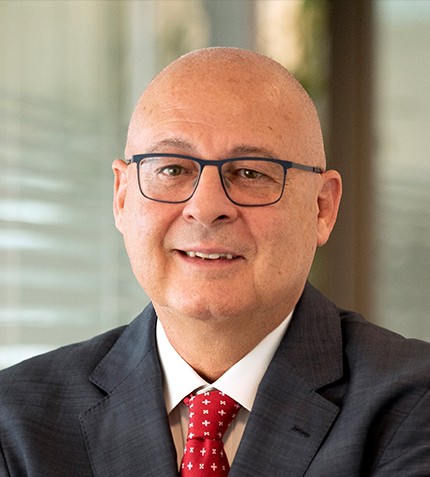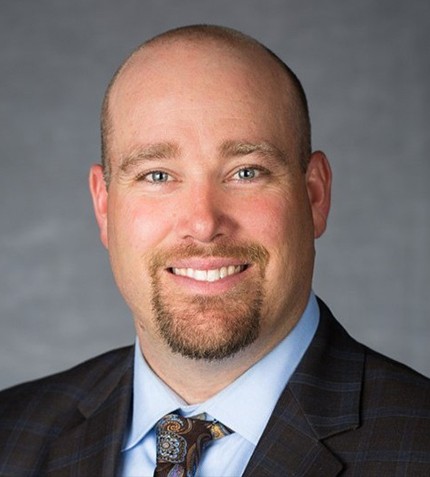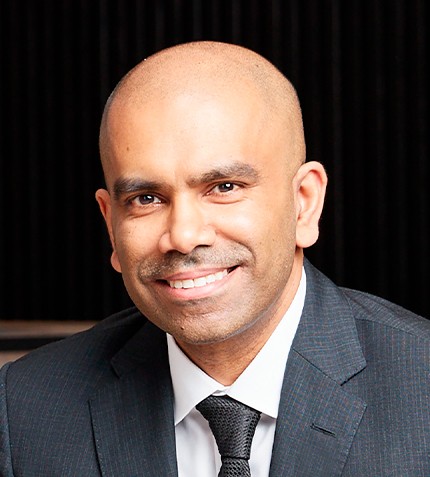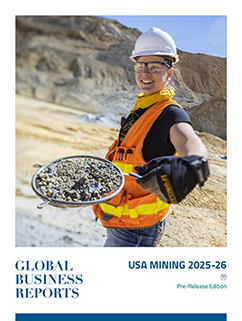
"Brazil is quite far from developing a full battery supply chain, despite having natural resources for battery making and the necessary technology."
Vinicius Alvarenga
CEO, COMPANHIA BRASILEIRA DE LÍTIO
How has the expansion of the chemical plant in 2022 affected the overall capacity of CBL?
In the past two years, CBL has seen significant growth in our operational capacities. Previously, our focus was predominantly on the domestic market, leading to underutilization of potential. In 2021, we decided to expand our two operational units located in Vale do Jequitinhonha. Our mining unit in Araçuaí Tinga and chemical plant unit in Divisa Alegre were both subject to this expansion. The mining unit’s capacity increased from 11,000 t/y to a recent achievement of 45,000 t/y. Likewise, the chemical plant expanded from 14 t/y of Lithium Carbonate Equivalent (LCE) per year to 1,500 t/y. As a next step, we are conducting feasibility studies for another expansion program which, if feasible, will begin next year.
Can you explain the hard-drove method extraction from pegmatites and the chemical process to produce lithium?
Our unique approach involves underground mining of lithium pegmatite. Contrary to most other operations worldwide, this method reduces dilution and contaminants and generates almost no waste, providing significant environmental and cost advantages. In terms of processing, we use Dense Media Separation (DMS) to concentrate the pegmatite. The lithium content increases from approximately 1.3-1.5% to 5.5% through this process. Pegmatites from hard rock have less magnesium and boron content than those from brines, resulting in carbonate and hydroxide with lesser contaminants.
At our chemical plant, we utilize the acid route process. First, we calcine the spodumene in a rotative kiln to change its molecular structure from alpha to beta. This opens the particles for sulfuric acid attack, which specifically reacts with the lithium inside to form lithium sulfate. After several other processes, including filtering and leaching, we react the lithium sulfate with sodium carbonate, to obtain lithium carbonate. This is then subject to further refining to meet the required purity for various markets, including pharmaceutical and battery. If lithium hydroxide is desired, the lithium carbonate is reacted with calcium hydroxide. CBL's approach is currently unique, as we are the only lithium refinery running outside of China.
We employ several innovative solutions. Remote-controlled equipment is used to handle post-explosion situations, due to the potential instability of rocks in these cases. We also utilize micro-seismic meters throughout the mine area to monitor energy dissipation, ensuring safe working conditions. Furthermore, we use sensor-based sorting technology from Steinert, which improves the productivity and selectivity of the DMS process.
Can you explain the demand trends for lithium carbonate and lithium Hydroxide?
At this moment, lithium carbonate is more dominant due to LFP batteries being cheaper and having increased capacities. However, this dynamic is always changing, and the split between carbonate and hydroxide is not far from 50-50%.
How is Brazil positioned to develop a battery supply chain?
Brazil is quite far from developing a full battery supply chain, despite having natural resources for battery making and the necessary technology. The main issue is the lack of demand due to Brazil's successful ethanol program, which has been reducing the country's dependence on fossil fuels since the 1970s. Consequently, there is not much pressure in the market to incentivize electric vehicles, which are only sold significantly when there are substantial incentives or subsidies.
Could you share how CBL approach ESG criteria?
From the start of our operations in the 80s, we have had a leading role in aiding local governments with health and education improvements, due to the lack of public services in the region. We have donated significantly to hospitals and schools for handicapped people. In terms of environmental preservation, we have never had any environmental liability. Our processes do not require dams, and we recycle more than 90% of our water. We constantly monitor our surroundings to avoid any chemical leakages or soil contamination.
Our management system is certified by three ISOs, and by the end of the year, we aim to be certified by ESG 360 from Bureau of Veritas, which would make us one of the few mining metal companies in Brazil with an international certificate.
Could you share CBL's main objectives for the next two years?
Our main priority is to implement our expansion program. We are currently under engineering studies as part of a feasibility study, but we plan to begin implementing the program for both the mining unit and the chemical planning unit by the middle of next year.










